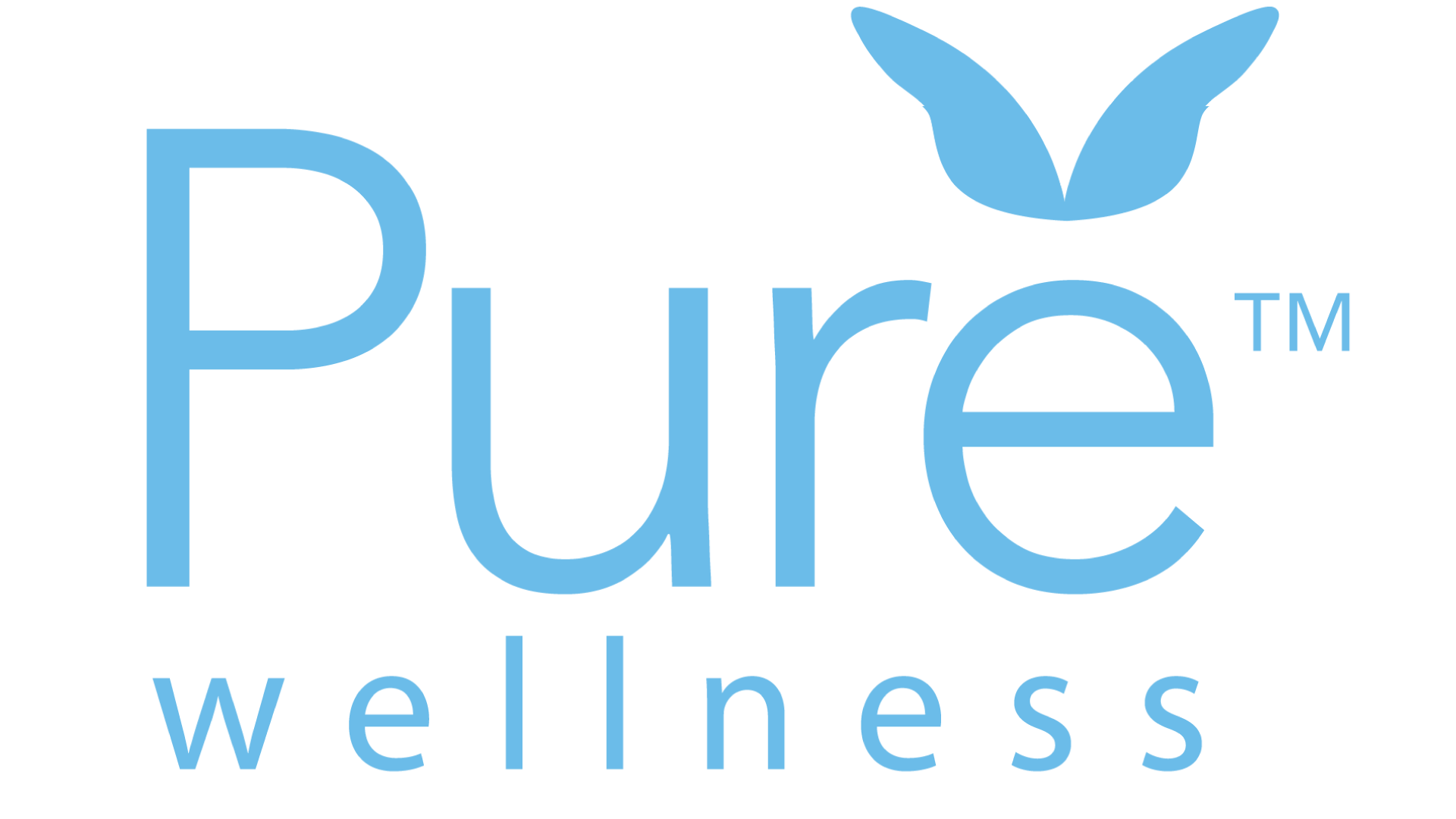Because indoor air quality tends to be lower in the fall and winter, it’s important to be especially vigilant this time of year. These practices are always good to follow but now is a good time to make them a priority.
- Use an air purifier. The best way to improve indoor air is with a high quality air purifier. Pure’s filters remove and protect against 99.99% of viruses, bacteria, allergens and other particles in the environment.
- Clean and maintain your HVAC system. Regular service on these systems not only makes them operate more efficiently, it will also prevent dust and contaminants from circulating through the vents. Cleaning duct work is a difficult job that’s probably best for a professional.
- Replace filters. Don’t forget about all of the other air filters in your home, from the vacuum cleaner to the refrigerator. Follow the appliance’s instruction manual but a good rule of thumb is every three to six months.
- Increase ventilation. Allowing adequate air flow is difficult when it’s cold outside but look for these opportunities. Open windows on rare, warm days or when you will be out of the house for a while.
- Monitor humidity levels with a standard meter or thermometer. Elevated humidity levels promote mold growth while dry air is harder to breathe and can aggravate chronic respiratory conditions.
- Check for mold. As much care as you take to keep your home clean, mold can grow in unexpected and out-of-the-way places. Use a standard household cleaner to remove any mold you find under sinks, in the basement or behind furniture.
- Use natural cleaning products. This practice is not only good for the environment, it’s also good for your health. Other products use toxic chemicals that build up inside your home over time, especially in the fall and winter.
- Grow live plants. Certain species of house plant will help remove and trap indoor air pollution, including spider plants and Boston ferns. Plants can develop mold so be sure to clean and care for them properly.

Submit a comment